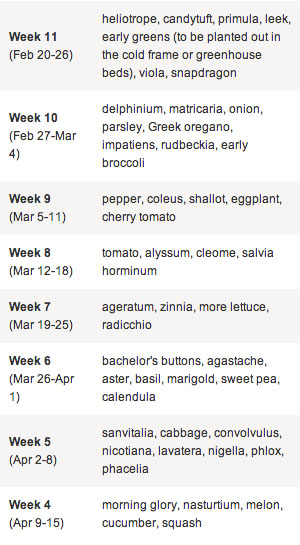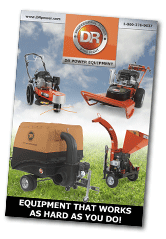5 Things You Can Do Now to Prepare for Spring
 This time of year, it may seem that the frozen land is on ‘pause’ for a few months, resting quietly. Even though there’s no growing going on, though, and the ground is a frozen tundra, there are still things you can do to prepare for spring gardening:
This time of year, it may seem that the frozen land is on ‘pause’ for a few months, resting quietly. Even though there’s no growing going on, though, and the ground is a frozen tundra, there are still things you can do to prepare for spring gardening:
1. Plan your veggie garden.
Although it’s too early to start playing in the dirt, it’s not too early to get out a pen and paper and map out where you want to plant everything in your vegetable garden. You’ll probably be getting the seed catalogs soon and deciding whether to do brussels sprouts or broccoli, parsley or potatoes, and kale or cucumbers. Take into consideration the way the sunlight hits your garden, how easily accessible you want each plant to be, and what plants are particularly prone to pests when you make your decisions. Also make sure you have all the tools you’ll need for planting. Winter is often a great time to get a good price on equipment such as rototillers and cultivators.
2. Clean and sharpen your tools.
There’s no better time than over the winter to clean dirt and rust off your garden tools and have them sharpened. The smart gardeners have them professionally sharpened now, instead of waiting until warmer weather when there will be more of a rush. Lawn mower and brush mower blades can also be sharpened now, either at home or professionally at your local service center.

3. Start your seedlings indoors.
You can also start your seedlings indoors during the mid- to late winter so they’re ready to go as soon as the warm weather arrives. Different types of seeds should be started at different times so they are at the right stage of germination come time to put them in the ground. Start by finding the last frost date for your area (you could ask an experienced gardener or contact your local extension service). Then count backwards in one-week intervals, using the chart to the left to see when to start each type of seed.
4. Prune trees and shrubs.
Winter is a good time to prune trees and shrubs, as long as there isn’t so much snow that you can’t get to them. Without their leaves, you have an easy view of where the branches are and can cut them just where you need to. Plus, small branches will snap off easily when frozen.
5. Control invasive vines.
Vines can be tricky and frustrating to get rid of in the summer months. Try tackling them in the winter, when it’s easy to see where they start and where they end and cutting them with hand pruners is a snap. Often in the summertime they are tangled up with existing plants — many of which you don’t want to harm — so cutting them off in the wintertime allows you to more easily cut what you don’t want and keep what you do want.
Want to learn more about the DR Power Equipment line-up?
Order your FREE catalog!

What's inside
- Information about the full line of DR equipment
- Money-saving promotions
- Product ordering information